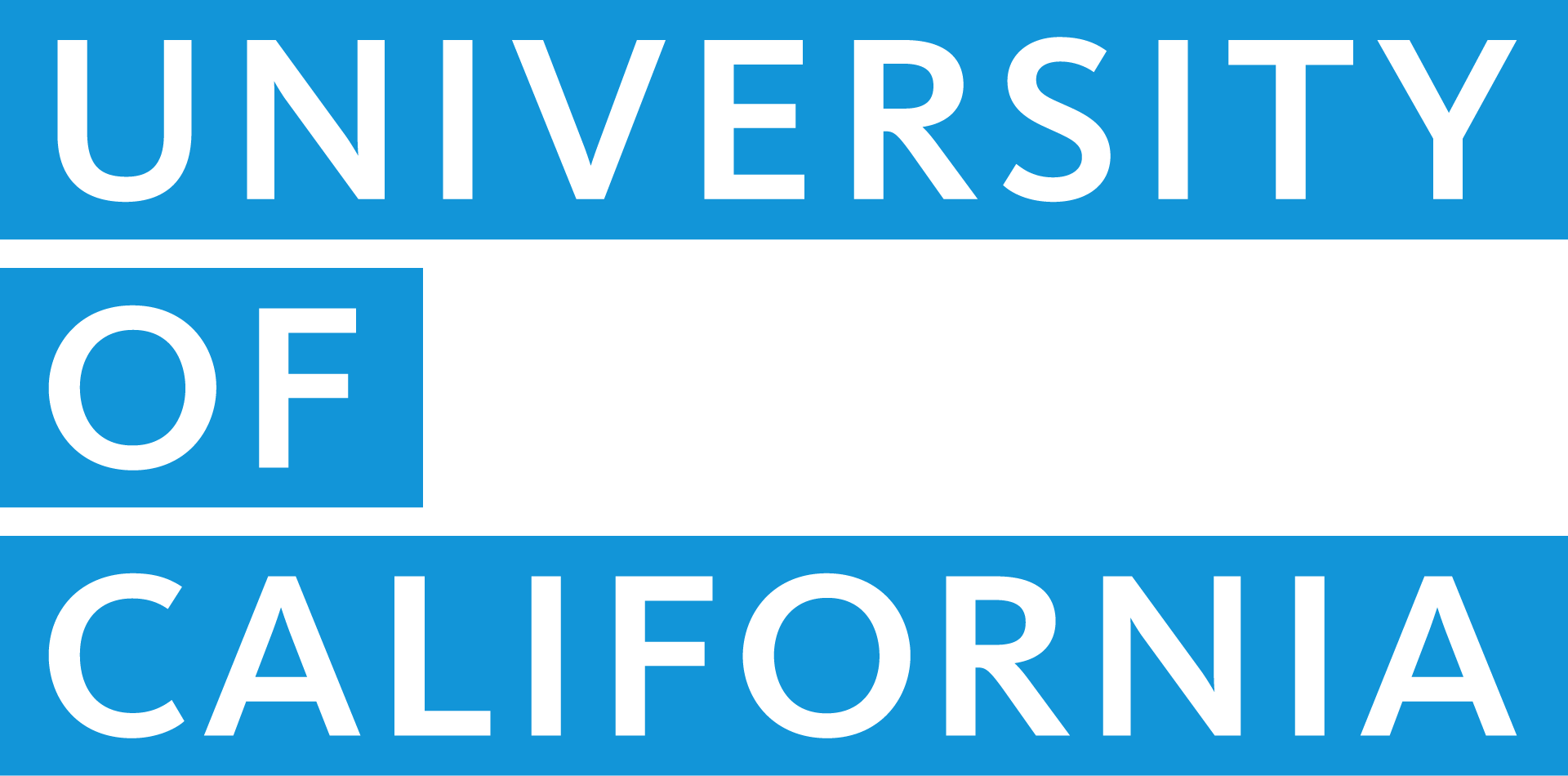- Resources
- Employment policies, contracts and updates
-
Bargaining units, contracts and local agreements
Bargaining units, contracts
and local agreements
Find news, information and contracts for UC’s systemwide bargaining units and local agreements.
On this page:
Systemwide bargaining units by union
Local agreements by location
Systemwide bargaining units by union
Local agreements by location
- KB — Skilled Craft
Alameda County Building and Construction Trades Council, AFL-CIO - GS — Printing Trades
Graphic Communications Union – Printing Trades Agreement
- K3 — Skilled Craft
Teamsters Local 2010 - F3 — International Association of Firefighters
Local 4920 - M3 — Medical Residents
Committee of Interns and Residents/Service Employee International Union (CIR/SEIU)
- K9 — Skilled Craft
Teamsters Local 2010 - M9 — Medical Residents
Committee of Interns and Residents/Service Employee International Union (CIR/SEIU)
- K4 — Skilled Craft
Teamsters Local 2010 - M4 — Medical Residents
Committee of Interns and Residents/Service Employee International Union (CIR/SEIU) - MO — Olive View Medical Residents
Committee of Interns and Residents/Service Employee International Union (CIR/SEIU)
- KM — Skilled Craft
Teamsters Local 2010
- K5 — Skilled Craft
International Union of Operating Engineers, Local 501, AFL-CIO - M5 — Medical Resident
Committee of Interns and Residents/Service Employee International Union (CIR/SEIU)
- K8 — Skilled Craft
Teamsters Local 2010
- K7 — Skilled Craft
AFSCME, Local 3299 - A7 — Faculty
Santa Cruz Faculty Association
- B6 — Marine Crew
Inlandboatmen’s Union-International Longshore & Warehouse Union - K6 — Skilled Craft
Teamsters Local 2010 - M6 — House Staff
San Diego Housestaff Association
- K2 — Skilled Craft
San Francisco Building and Construction Trades Council Agreement - M2 — House Staff
Committee of Interns and Residents/Service Employee International Union (CIR/SEIU) - MF — Medical Resident
Committee of Interns and Residents/Service Employee International Union (CIR/SEIU)
